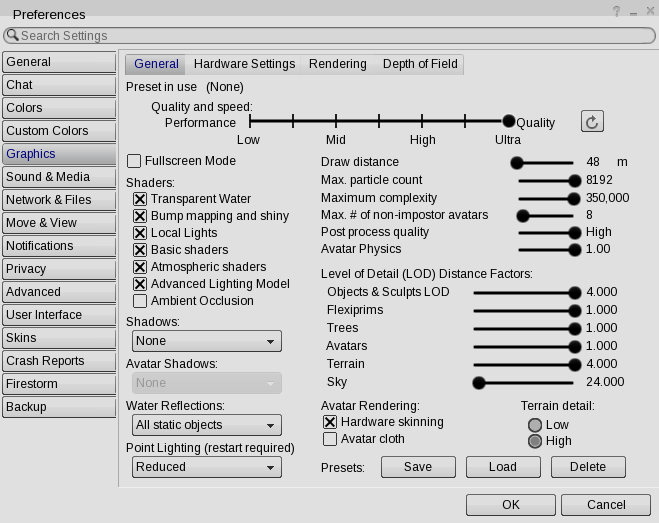
She told reporters during a press conference that day that a homemade facial covering could be beneficial. On April 4, Tam shifted her tone and stopped recommending against the wearing of non-medical masks. That means that wearing a non-medical mask could help curb transmission, especially amid reports of asymptomatic carriers. However, Tam said non-medical masks can stop a wearer from spraying droplets on others if they're sneezing or coughing. She also cautioned that mask wearing could encourage the wearer to touch their face more frequently, putting them at greater risk of coming into contact with the virus. Theresa Tam warned that masks could provide a false sense of security as they do not prevent the wearer from contracting the novel coronavirus. In the early days of the outbreak, Chief Public Health Officer Dr. Mask wearing has been the subject of debate throughout the COVID-19 pandemic. I think we all need to adjust to what works in our circumstances and keep safety at the forefront of what we’re doing." "That's my personal choice, that is aligned, I think, with what public health is recommending. "In situations where I am either walking through the halls of parliament or going to my office and coming in proximity to people, I’ve chosen to start wearing a mask," Trudeau said. Trudeau said that he himself has taken up mask wearing in instances where he can't maintain a physical distance of two metres from others. Within Canada, some grocery stores and airlines are asking Canadians to wear non-medical masks while using their services.

Spain had previously made masks compulsory on public transit, and starting Thursday, will make them compulsory in public places - including the outdoors - for all people over the age of six. It just makes sense."Ĭountries around the world have been navigating non-medical mask wearing in different ways. "But it only makes sense that an added layer of protection is a very reasonable thing to consider, especially when we know that over 40 per cent of COVID-19 is being transmitted without people showing any symptoms. "No one is saying that masks are a substitute for other very prudent measures to avoid acquiring the infection and transmitting the infection," Sharkawy said. Abdu Sharkawy said the latest recommendation is a prudent one, but cautioned that Canadians should not ease up on other public health efforts. It's not instinctive for us and perhaps doesn't come naturally for us yet to wear a face covering when you leave your home, but we must absolutely develop that habit," she said, speaking in French.

"It's a new habit that we're going to have to develop and cultivate. Quebec's Deputy Premier Genevieve Guilbault also encouraged her province's residents to adopt the habit of wearing a non-medical mask when in public. "In certain situations such as transit where you cannot be assured that you'll be able to guarantee that two metre or six foot distance, and we are recommending, strongly recommending the use of facial covering, non-medical, in that time so as to prevent any further transmission to others and to respect their space as well as your space in that regard," Williams said. David Williams, Ontario's Chief Medical Officer of Health, said that as people continue to enter public settings they should be wearing non-medical masks. In the hours after her announcement, public health officers from various provinces began echoing the recommendation.ĭr.

She said Public Health will be posting the updated recommendations on medical masks online today, noting that the recommendation isn’t mandatory and will allow for public health officers across Canada to consider their area’s needs.

"If you can’t predict whether you can maintain that two-metre distance, then it’s recommended that you wear the non-medical mask or facial covering," Tam said.


 0 kommentar(er)
0 kommentar(er)
